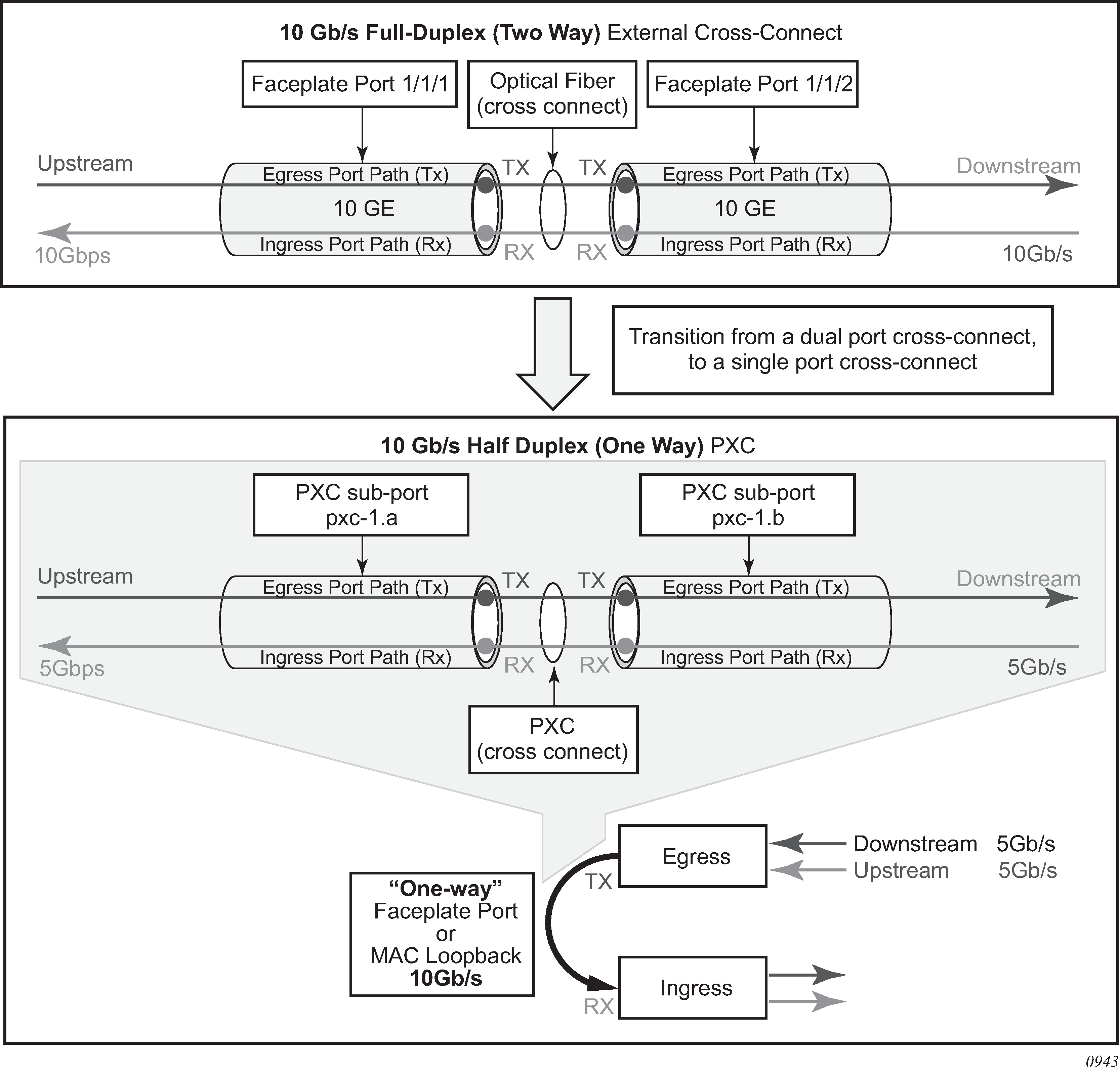Figure 1 displays the benefit of PXC sub-ports on top of the cross-connect, an analogy with two distinct faceplate ports that are connected by a fiber cable.

Bidirectional connectivity provided by PXC requires two sub-ports, one in each direction. These PXC sub-ports are used by the router as logical configurations to transmit traffic in both directions over a half-duplex (one-way) cross-connect created in the system. As a result, the total bandwidth capacity supported by the mated PXC sub-ports is limited by the bandwidth capacity of the underlying cross-connect (a single faceplate port or a MAC loopback).
For example, if a 10 Gb/s faceplate port is allocated for PXC functions, the sum of downstream and upstream traffic on the mated PXC sub-ports is always less than or equal to 10 Gb/s. The bandwidth distribution is flexible; it can be symmetric (5 Gb/s downstream and 5 Gb/s upstream), or asymmetric (9 Gb/s downstream and 1 Gb/s upstream, 8 Gb/s downstream and 2 Gb/s upstream or any other downstream and upstream distribution combination). Therefore, the faceplate port speed from the PXC perspective is half-duplex.
Similar logic can be followed for MAC based PXC, with two key difference:
The bandwidth (for example, 100 Gb/s) is configured under the MAC loopback and there is no need to allocate an additional faceplate port.
PXC traffic is not reserved as part of the faceplate port bandwidth, as it is in the port-based PXC where a faceplate port is reserved only for PXC traffic. Instead, the PXC traffic is added to the traffic from the faceplate ports even in situations where all faceplate ports are 100% used, potentially oversubscribing the forwarding complex.
After the faceplate port or the port based on MAC loopback is associated with a PXC ID, a pair of mated PXC sub-ports is automatically created in the classic CLI by the SR OS.
In MD-CLI, the operator must manually create the sub-ports.
The two PXC sub-ports are distinguishable by ‟.a” and ‟.b” suffixes. They transmit traffic toward each other, simulating two ports that are interconnected.
Although, the most PXC sub-ports parameters are configurable, specific parameters are fixed and cannot be changed. For example, PXC sub-ports are created in a hybrid mode and this cannot be modified.
Each PXC sub-port is internally (within the system) represented by an internal four-byte VLAN tag which is not visible to the operator. Therefore, traffic carried over the PXC contains four extra bytes, which must be accounted for in the QoS configured on PXC sub-ports.
The following is an example configuration in CLI:
configure
port-xc
pxc 1 create
port 1/1/1
[no] shutdown
pxc 2 create
port 1/1/2
[no] shutdown
The preceding configuration automatically creates the following PXC sub-ports in CLI:
configure
port
pxc-1.a cross-connected with pxc-1.b
pxc-1.b cross-connected with pxc-1.a
pxc-2.a cross-connected with pxc-2.b
pxc-2.b cross-connected with pxc-2.a